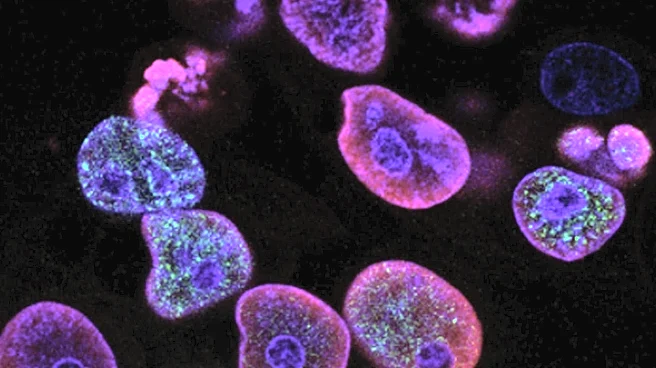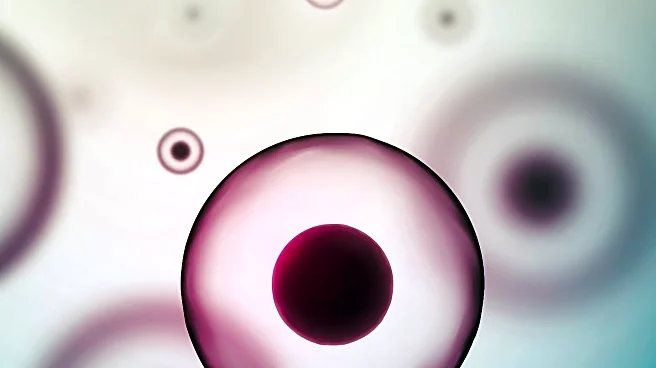Rapid Read • 7 min read
A new generation of CRISPR technology developed at the University of New South Wales Sydney offers a safer approach to treating genetic diseases such as sickle cell. This third-generation CRISPR, known as epigenetic editing, focuses on removing methyl groups from DNA rather than cutting DNA strands. This method has been shown to switch genes back on, confirming that methylation directly silences genes. The technology aims to treat sickle cell-related diseases by reactivating the fetal globin gene, potentially providing a workaround for faulty adult globin genes.
AD
The development of third-generation CRISPR technology represents a significant advancement in genetic medicine. By avoiding DNA cuts, this method reduces the risk of unintended negative effects, such as cancer, associated with previous CRISPR generations. This safer approach could lead to more effective treatments for genetic diseases, benefiting patients with conditions like sickle cell disease. The ability to alter gene expression without modifying DNA sequences opens new possibilities for therapeutic applications, potentially transforming the landscape of genetic medicine and offering hope for those affected by genetic disorders.
Researchers plan to test the efficacy of these approaches in animal models and explore additional CRISPR-related tools. The goal is to refine the technology for clinical use, potentially leading to new treatments for genetic diseases. Future developments may include targeting molecules to individual genes, expanding the capabilities of gene therapy for therapeutic and agricultural purposes. As testing progresses, the potential for this technology to revolutionize genetic medicine becomes increasingly promising.
AD
More Stories You Might Enjoy










